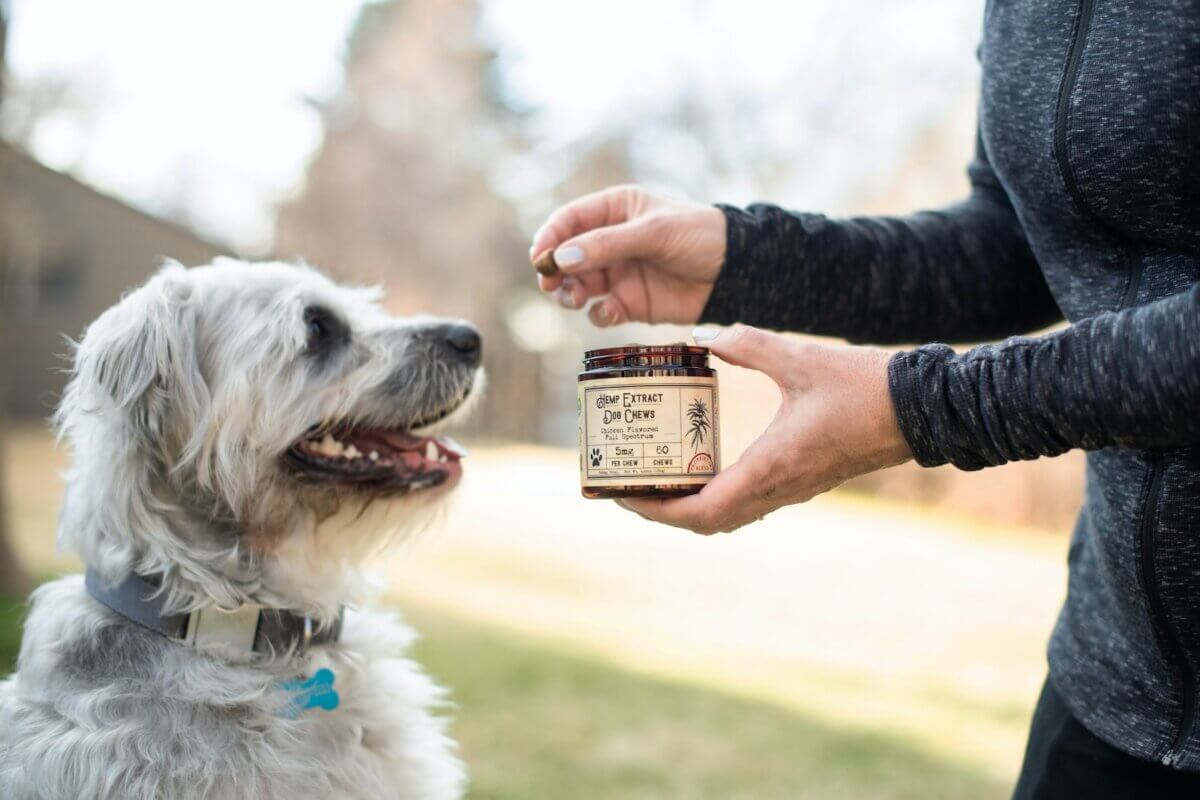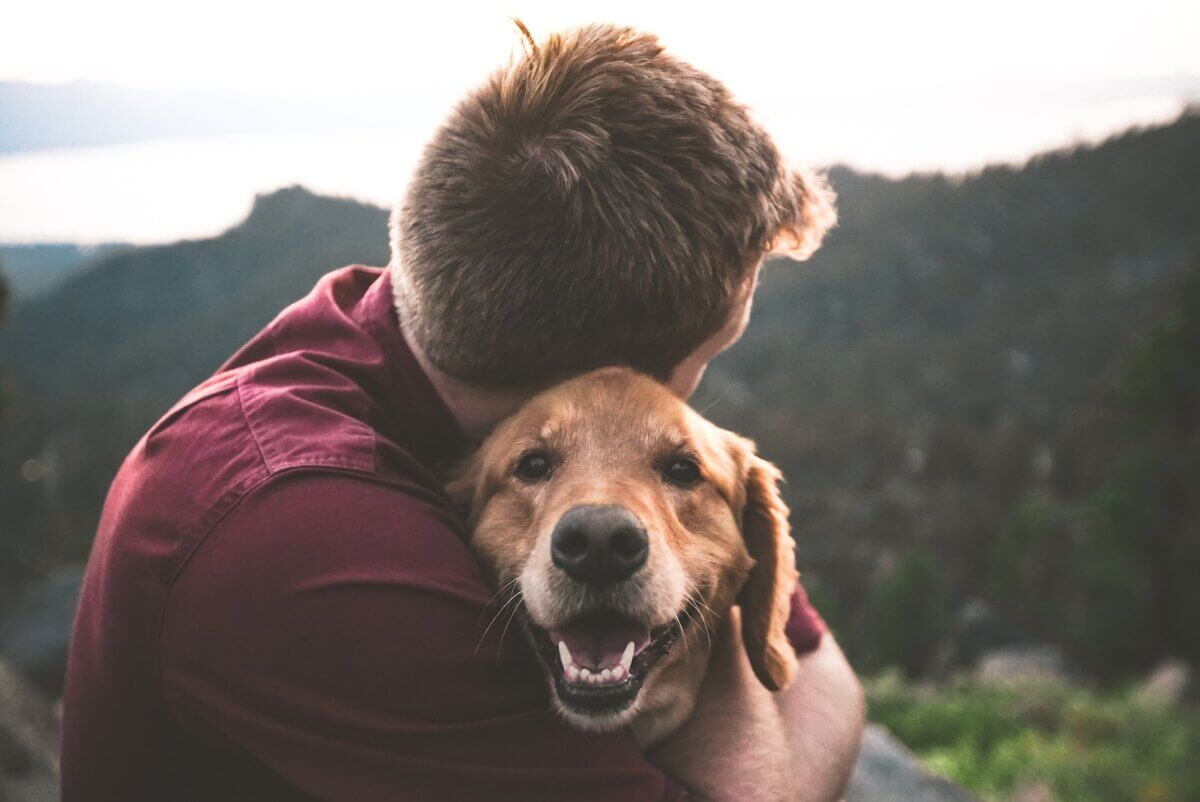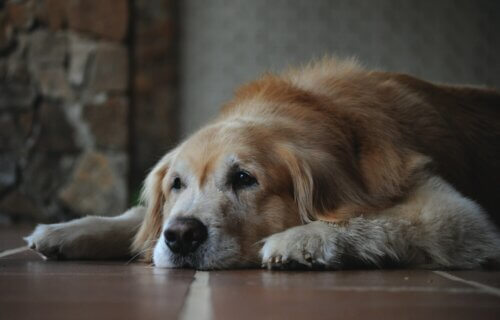LONDON — Have a furry friend that’s getting up there in years? Just like a person, pets of all kinds often need special care as they get older. Now, experts are revealing the top things pet owners should and shouldn’t be doing with their elderly dogs. This includes keeping them mentally stimulated, but not expecting them to run for more than 60 minutes.
Dr. James Greenwood, a celebrity vet in the United Kingdom, and dog behaviorist Caroline Wilkinson say teaching your old dog new tricks is beneficial when it comes to keeping your pet healthy and happy in their golden years. However, expecting them to run long distances, having them struggle on slippery flooring, and “replacing” them too soon are big no-nos for your elderly canine companion.
A dog’s life cycle obviously runs much quicker than people, so senior pets may not be able to keep up with their owner’s multi-mile walks. Meanwhile, a new poll of 2,000 dog owners, commissioned by Forthglade natural dog food, finds 43 percent believe you can’t teach an old dog new tricks.

Nearly a third (31%) would continue treating an elderly dog exactly the same way they would a younger pup. In fact, 37 percent feel unsure if they should even change their dog’s diet as it ages. However, 93 percent recognize the importance of keeping an old dog mentally stimulated, to keep their brain active.
“It’s absolutely possible to teach an old dog new tricks, to keep it mentally stimulated later in life, and reduce cognitive decline,” Caroline Wilkinson says in a statement.
“We know that half the time spent on mental activity is just as stimulating for your dog as double the time on physical activity, and so this is a really easy way to keep their life enriched and happy as they get older.”
However, more than half of dog owners (51%) cited that they stopped all behavioral training by the time their dog entered their “senior years” — which is typically between the ages of eight and 10 years-old. Still, nearly nine in 10 (89%) respondents cherish the time they spend with their four-legged friends.
They list playing games (65%), taking their dog to their favorite walk spots (55%), and treating their pup to their favorite foods (53%) as the top ways they spend “quality time” with their dog. When it comes to exercise, a quarter of dog owners believe elderly dogs should walk for 30 minutes a day on average, according to the OnePoll data.
“As a dog ages, it’s important to keep them moving, but be sure to keep it within their own individual capabilities,” Dr. Greenwood adds. “If stiff joints or mobility problems do start to become an issue, speaking to a vet should always be the first step, as lots can be done to keep older dogs mobile.”
“When keeping an older dog healthy, a good diet shout be top of the list,” Wilkinson says.
“Like us humans, not only does a nutritious diet boost their long-term health physically but the stomach is the second brain, so also affects how the dog is feeling. If we’re feeding a good diet then the dog’s going to be happier, relaxed and content as well as feeling physically well – a healthy diet helps with everything from energy to play, good behavior, right through to improving sleep.”

Caroline Wilkinson’s Dos and Don’ts for Caring for an Elderly Dog:
DO: Keep an eye out for any changes to your dog both physically but also mentally, and keep a close eye on anything that differs from the norm.
DON’T: Put your own agenda and lifestyle before the dog, ensuring their walks are tailored to their age and try and minimize drastic changes to their lifestyle or routines.
DO: Keep their brain going by engaging with them in simple training exercises, which can have both a physical and mental element.
DON’T: Don’t dismiss an older dog and presume they don’t want to still be active, there is a temptation to think once an old dog gets a condition, we can’t do anything with them anymore.
DO: Make a “bucket list” for your dog, think about the things they really love doing, and that you’d love doing with them, like going to the beach, and help them tick it off in a way that suits their needs.
DON’T: Forget your dog’s physical abilities may be changing. Older dogs may struggle on hardwood floors for example, so putting runners and rugs down will help them with mobility.
DO: Enjoy the moments, and take lots of photos and videos, as dogs’ lives are so short and the memories will last forever.
You might also be interested in:
- Best Dog Bones for 2023
- Best Dog Breeds for Families
- Best Dog Treats for 2023
- Best Dog Shampoo for 2023
- Best Dog Food for Sensitive Stomachs
72Point writer Richard Jenkins contributed to this report.

